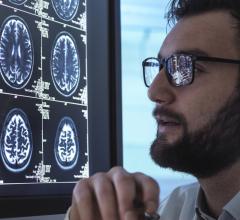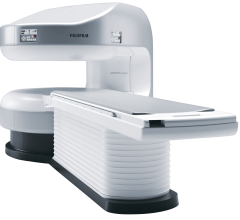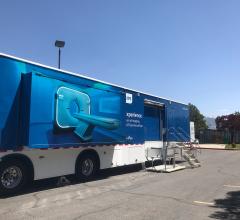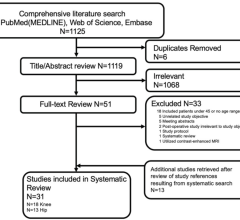May 31, 2024 — Low-level light therapy appears to affect healing in the brains of people who suffered significant brain ...
Magnetic Resonance Imaging (MRI)
MRI creates images from the magnetic resonance created in hydrogen atoms when they are polarized and an electromagnetic pulse is used to knock them off axis. This section includes MR analysis software, MRI scanners, gadolinium contrast agents and related magnetic resonance imaging accessories.
May 29, 2024 — Strategic Radiology added a third California member to the nation’s leading coalition of independent ...
May 14, 2024 — University Hospitals (UH) and Siemens Healthineers announce a 10-year strategic alliance that builds on ...
Fujifilm’s APERTO Lucent is a 0.4T mid-field, open MRI system addressing today’s capability and image quality needs ...
May 13, 2024 — Avenda Health, an AI healthcare company creating the future of personalized prostate cancer care, unveils ...
May 13, 2024 — National Basketball Association (NBA), the National Basketball Players Association (NBPA), and the Next ...
May 7, 2024 — The Magna Cum Laude Award-Winning Online Poster presented during the 124th ARRS Annual Meeting showed a ...
In June, the Philips Radiology Experience Tour hit the road to provide healthcare professionals with an opportunity to ...
May 6, 2024 — GE HealthCare has announced the unveiling of its SIGNA MAGNUS[i], an FDA 510(k) pending head-only magnetic ...
May 6, 2024 — Elekta announced the acquisition of Philips Healthcare’s Pinnacle Treatment Planning System (TPS) patent ...
May 6, 2024 — Hvidovre Hospital has the world's first prototype of a sensor capable of detecting errors in MRI scans ...
This summer, the Philips Radiology Experience Tour has been bringing Philips imaging modalities directly to the ...
Beginning this spring, ITN will begin sending out a bi-monthly survey to our readers on a variety of topics, which we ...
April 29, 2024 — The U.S. Food and Drug Administration (FDA) announced Elekta Instrument AB is recalling Disposable ...
April 24, 2024 — A new study from Brigham and Women’s Hospital, a founding member of the Mass General Brigham healthcare ...
The healthcare industry faces many different types of obstacles in today’s challenging marketplace. Staff shortages ...
April 23, 2024 — A diverse writing group, led by authors at the University of Toronto, have developed an approach for ...
April 17, 2024 — VISTA.AI announced the appointment of Daniel Hawkins as President and CEO. The company is pioneering AI ...
April 17, 2024 — Hyperfine, Inc., a groundbreaking health technology company that has redefined brain imaging with the ...
April 10, 2024 — Online MRI and CT education leader, ImagingU, announced the launch of a new course for students and ...
April 8, 2024 — Magnetic resonance-guided focused ultrasound (MRgFUS) is a non-invasive technique for neuroregulation ...
April 5, 2024 — Osteoarthritis — not age — may play the greatest role in determining the utility of MRI for patients 45 ...
April 4, 2024 — Fujifilm Healthcare Americas Corporation, a leading provider of diagnostic and enterprise imaging ...
March 29, 2024 — Magnetic resonance imaging (MRI) is a cornerstone in the landscape of medical diagnostics, celebrated ...

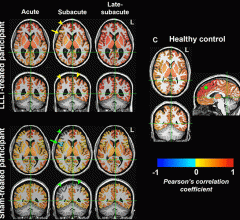
 May 31, 2024
May 31, 2024 

